3 Components of an Effective Early Intervention Home Visit
April 27, 2023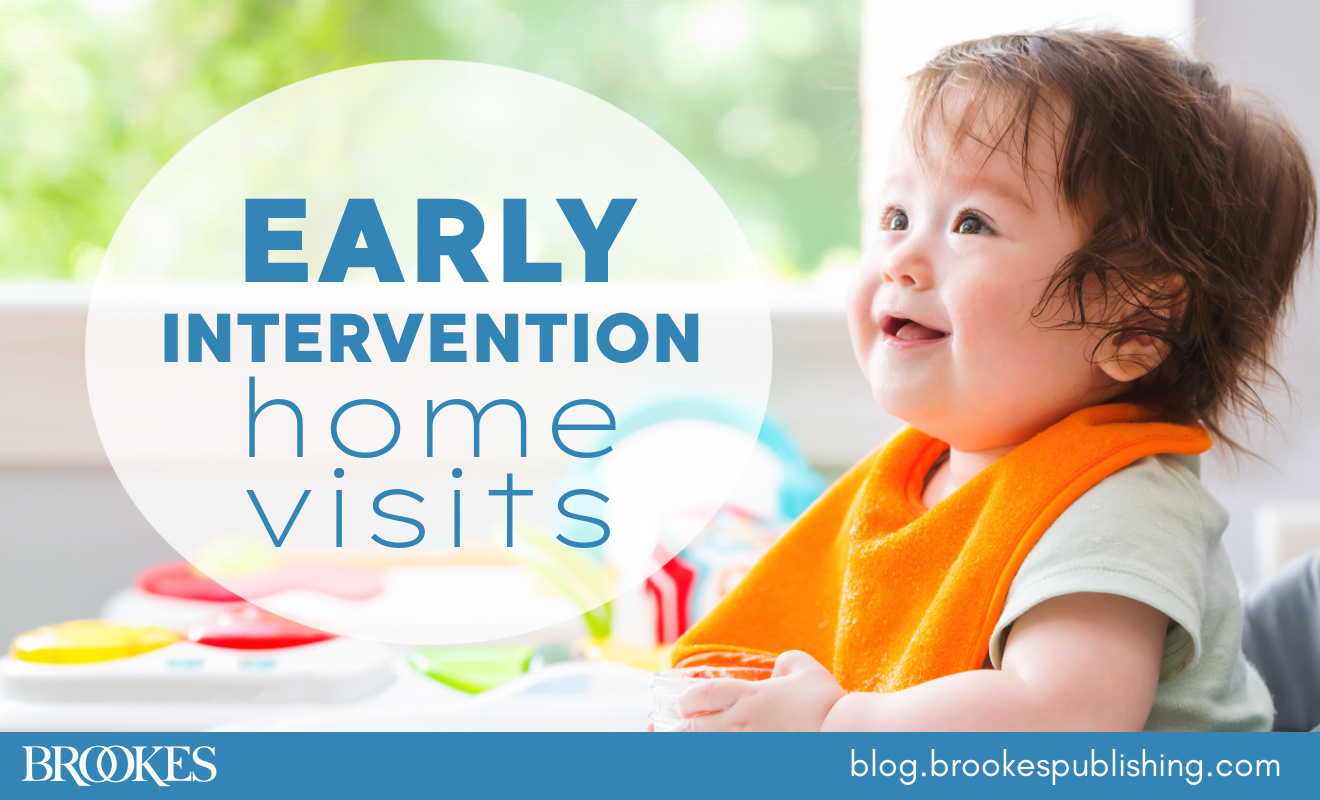
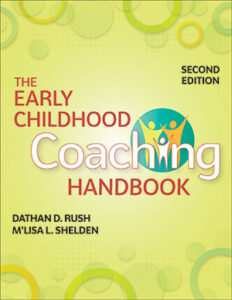 Early intervention visits in natural environments enhance the capacity of parents and other care providers to promote the growth and development of young children. In today’s blog post, adapted from The Early Childhood Coaching Handbook, Second Edition by Dathan Rush & M’Lisa Shelden, we’ll take a look at three essential components of a home visit through the lens of a case story.
Early intervention visits in natural environments enhance the capacity of parents and other care providers to promote the growth and development of young children. In today’s blog post, adapted from The Early Childhood Coaching Handbook, Second Edition by Dathan Rush & M’Lisa Shelden, we’ll take a look at three essential components of a home visit through the lens of a case story.
Paula, a physical therapist, is the provider for a family living in a mobile home park in the Midwest. The family members are Cindy, the mother; Ellie, age 4; Maggie, age 2; and Wendy, age 2 months and eligible for early intervention because of her lissencephaly diagnosis. One IFSP outcome Cindy and her family are working toward is “Cindy will be comfortable taking all three girls to the playground at their mobile home park.” Here’s a look at the three components of an effective home visit, and how Paula used each component to support Cindy in working toward her goal.
Component 1: Revisiting the Joint Plan
Practitioners begin by revisiting previous plans, whether developed at an IFSP meeting or during a previous visit. Each visit should start with a conversation about how the plan is progressing. Sometimes plans will have worked and are moving along well; other times, intervention methods will need to be adjusted, or family priorities may have changed.
Example:
When Paula arrives, Cindy is preparing to go to the playground. Wendy is in her stroller with her jacket, hat, and mittens on. Maggie and Ellie are zipping up their coats, too. Cindy tells them that today is the day they had been talking about. She has packed a backpack with a blanket and snacks for the girls.
Paula can see that Cindy is excited about the event and has taken action on the plan by having everything ready to go for the playground trip. Paula asks Cindy what questions she has written down in preparation for the trip. She states that her only question is about what to do if Wendy wets her diaper while at the playground. She knows it’s not good for Wendy to wear a wet diaper but feels it might be worse to change her while they are outside. Paula asks Cindy questions:
- “What do you think might work?” (a reflection/analysis question)
- “What are your options?” (a reflection/alternatives question)
- “What would you like to try today?” (a reflection/action question)
After this interaction, Cindy decides she will check on Wendy frequently during their trip and that if Wendy does wet her diaper, the family will just head back home.
Component 2: Participating in the Real-Life Activity Planned for the Visit
Children spend more time with their caregivers than they spend with early interventionists. Visits in natural environments focus on the parents’ abilities to promote learning and development through the child’s successful participation in naturally occurring activities.
Example:
Cindy reminds Maggie and Ellie about the rules for walking outside, and the girls clasp hands and head out the door. Paula and Cindy think through several options for Cindy to get the stroller out the door—options that do not rely on Paula’s physical assistance—and decide the best option is to have Ellie hold the door open so Cindy can carry the stroller down the trailer steps. As they walk to the playground, Cindy is able to maneuver the stroller and keep track of the girls. By narrating their actions, Paula comments on Cindy’s ability to keep the girls engaged and focused on being safe.
When they reach the playground, Ellie and Maggie want to swing. Cindy can figure out how to swing Ellie and Maggie safely, but the playground swing set does not have an infant–toddler swing, so Wendy is just sitting in the stroller. Cindy asks Paula what she should do. Paula asks Cindy, “What is your vision of a successful fun time for all the girls?” Cindy shares multiple possibilities. In the meantime, Maggie and Ellie grow tired of swinging and move to the small slide. They are able to use the slide on their own, so Cindy uses this opportunity to take Wendy out of her stroller. Cindy asks questions about how to hold Wendy on the slide and wants to try out a couple ideas, but she isn’t pleased with the results. Paula asks Cindy, “Why do you think this isn’t working?” and later follows up with “What could you do differently?”
After this discussion, Paula offers suggestions and models some new ideas while Cindy watches. After the demonstration, Cindy tries out the idea and successfully holds Wendy while being able to see her face and talk to her as she helps her slide down the bottom few feet of the slide. Maggie and Ellie think it is fun to see baby Wendy on the slide and want to help mom with sliding. After a few more successful slides, Cindy checks Wendy’s diaper; it is wet, so the group heads back home.
Component 3: Developing the Two-Part Joint Plan
The parent and practitioner develop a two-part joint plan at the end of each visit so that interventions will support desired outcomes. The first part of this plan is determining what strategies parents agree to implement between visits (the Between Visit Plan). The second part is determining the activity setting, focus, time, and location of the following visit (the Next Visit Plan).
Example:
After they return from the playground, Paula and Cindy discuss what Cindy feels went well (reflection/analysis question) and what additional ideas she would like to pursue (reflection/action question). For the Between Visit Plan, they decide:
- Cindy will talk with the mobile home park manager about installing infant–toddler swings for the playground.
- Cindy will place a flyer in the mobile home park office to see whether other mothers of young children are interested in meeting at the playground.
The Next Visit Plan includes the following:
- Paula will bring catalogs of playground equipment to the next visit.
- Although Cindy is not ready to go to the playground alone with the girls, she would like to return to the playground when Paula visits again next week.
Need more guidance—and more examples—on using coaching to support the learning and development of all young children? Get this practical guide to proven coaching techniques!

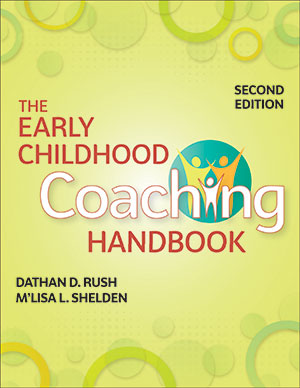
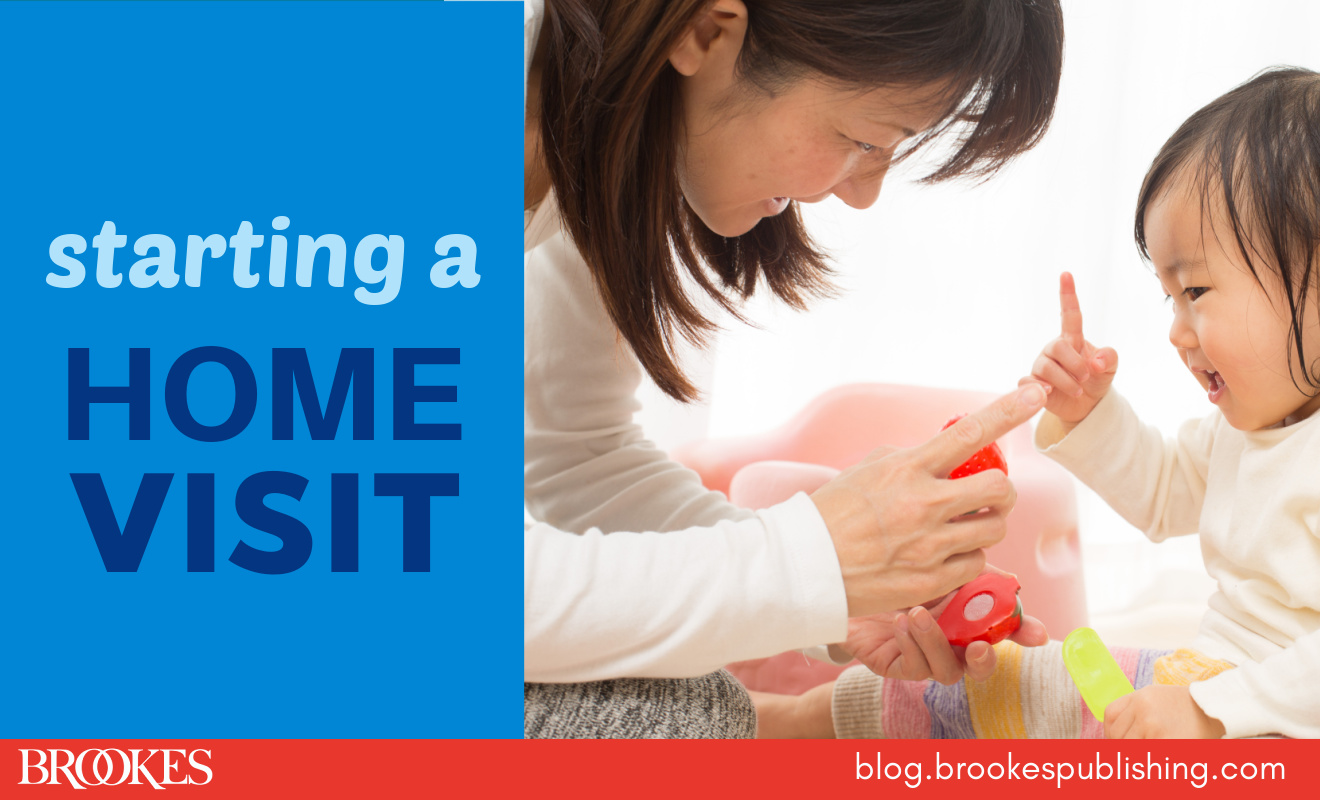
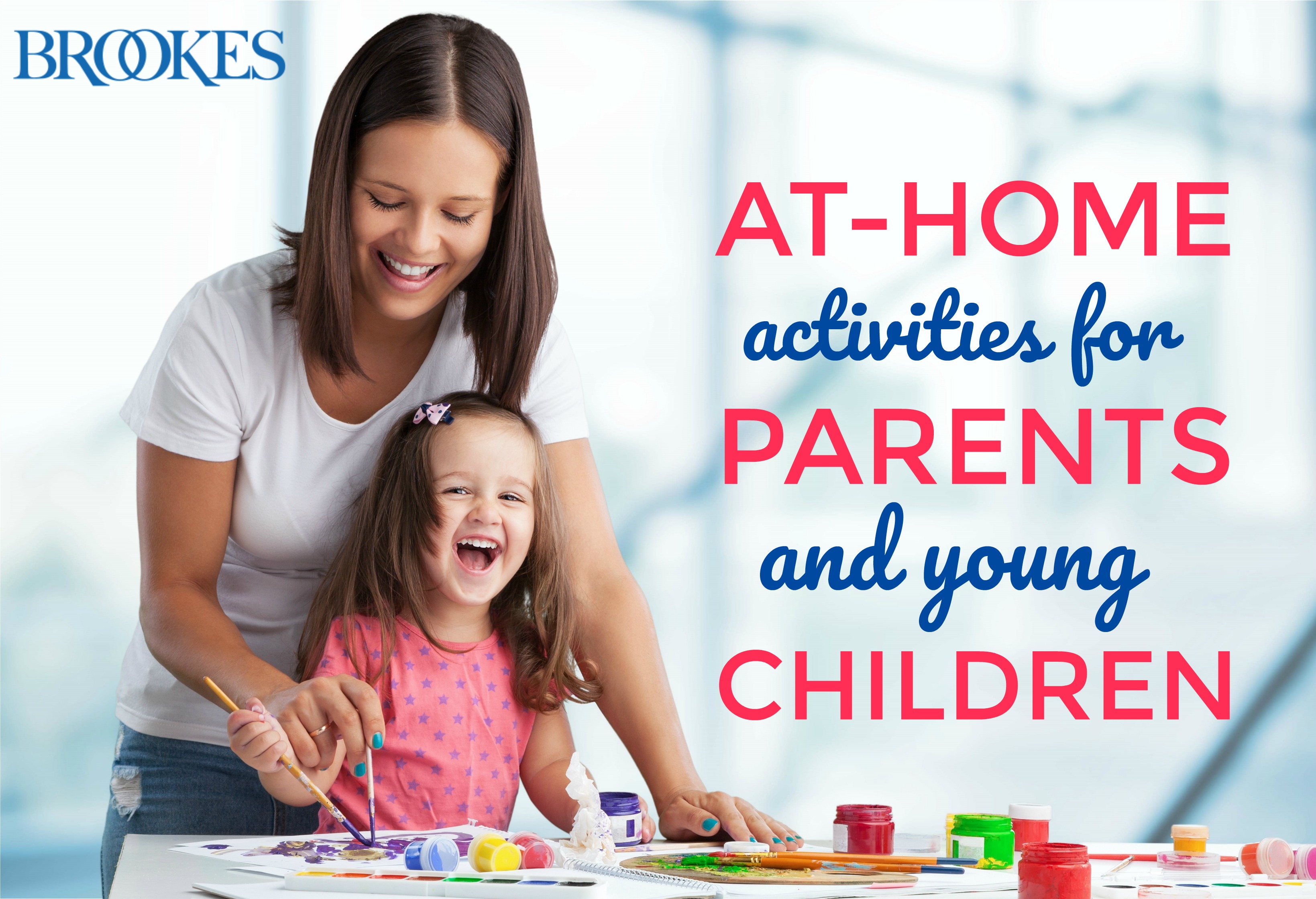
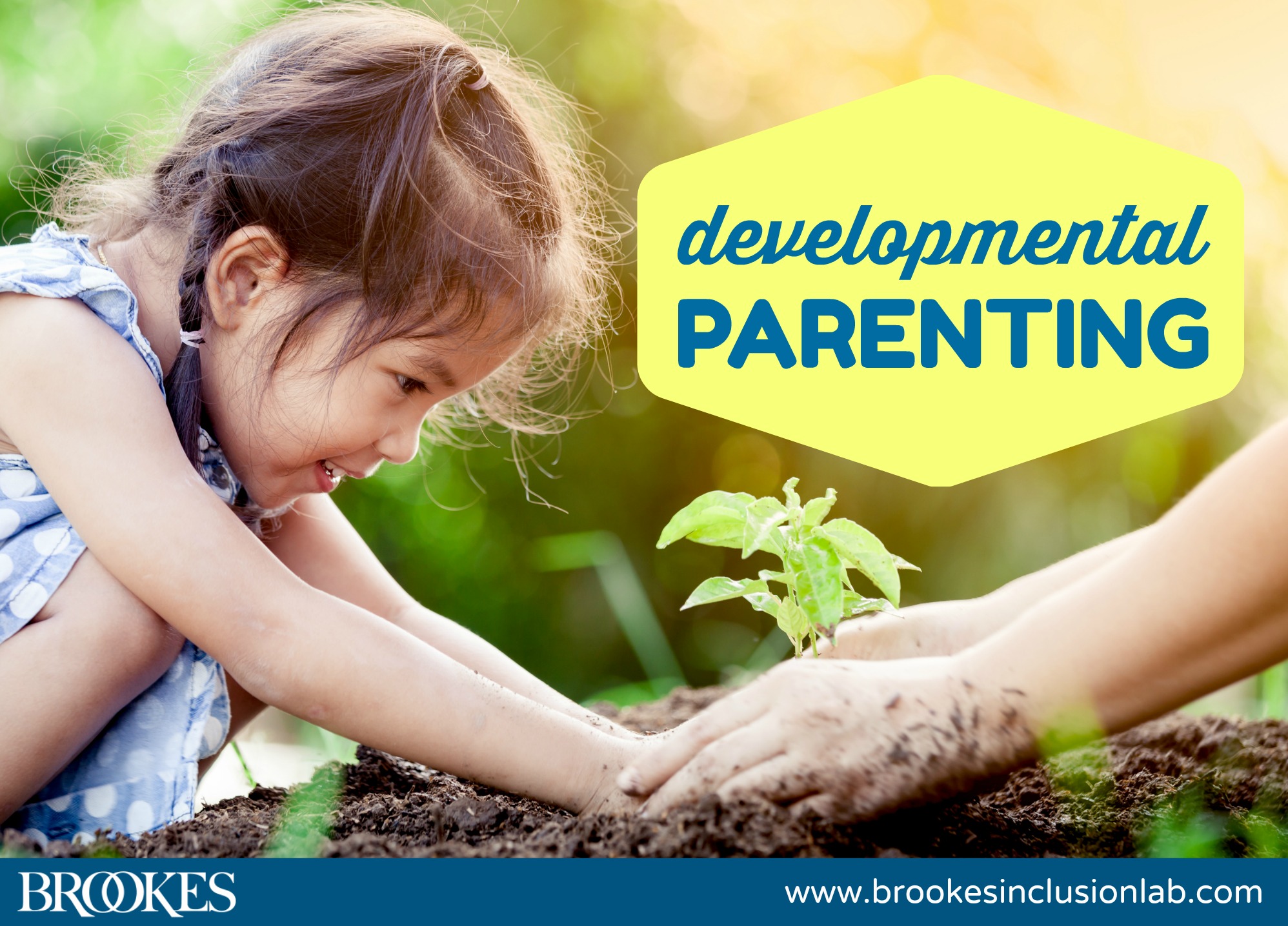
Write a Comment
Your email address will not be published. Required fields are marked *
Post a Comment